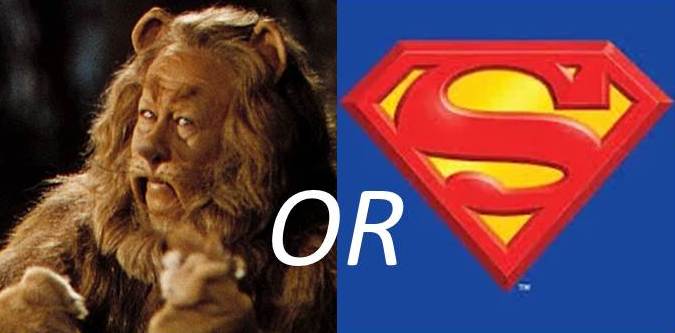The Importance of Facts
A big part of a mediator’s job is to elicit and isolate relevant facts. Then we can determine points of agreement and disagreement.
Mediations come in two basic
types:
– Parties agree on the facts but disagree on how to
interpret them
– Parties disagree on the facts

Model 1: We Agree on the Facts, But. . .
In this common situation, parties may disagree on issues such as:
– the degree of disability the facts describe
– the effect of facts pointing to a possible non-industrial cause of disability (apportionment)
– whether the injured worker could have returned to work under these facts
For example, in a recent mediation, the injured worker’s attorney obtained a last-minute vocational report to show the injured worker was 100% disabled. But that wasn’t the issue. The employer agreed the injured worker was completely disabled, but contended that the disability was largely caused by non-industrial factors. Mediation was the place to correctly define the issue.
After isolating the pivotal issues, we can define the maximum and minimum values for each side’s interpretation. Compromise mostly then comes down to narrowing the gap between the dollar demand and offer.
Model 2: Those Aren’t My Facts!
When parties are operating on different sets of facts, it’s almost impossible to settle. This situation can arise when parties are not communicating, often due to animosity built up over years. Examples include:
– Injured Worker has been treating the claimed injury with treaters unknown to the adjuster
– Injured Worker has treated for conditions which may or may not be related to the claimed injury
– Injured Worker has made another claim, consideration of which is relevant to resolution of this claim, such as a third-party liability claim for this injury or body part.
Facts exist, no matter how unfair it may seem to have to learn about them at a late date. In fact, for example, some treater recommended and provided treatment. In fact, a bill remains unpaid for such treatment. The employer can claim that the treatment was not reasonable and necessary or was not for the industrial injury, but the fact is still stubbornly out there.
Sometimes, revelation of these facts prompts adjournment of the mediation to allow time for collection and sharing of relevant documents. The mediation resumes at a later date. Once mediation participants recognize that a fact exists, they can readjust their viewpoint to see the case as Model 1.









